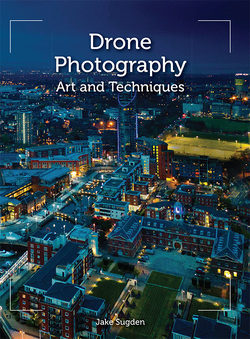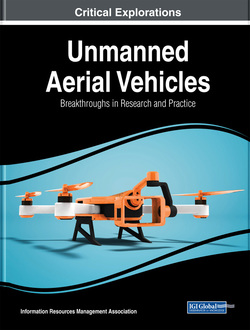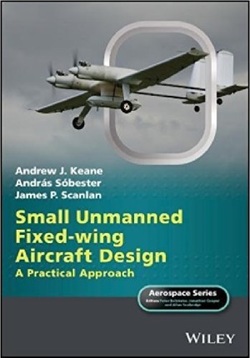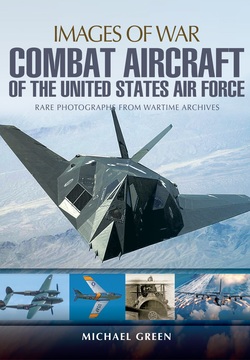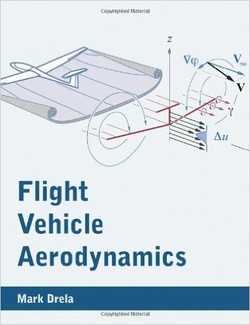این کتاب توسط کارشناسی با بیش از 30 سال تجربه نوشته شده است. “کتاب راهنمای وسایل نقلیه هوایی بدون سرنشین” شامل نتایج جدید تحلیلی است که بهمنظور طراحی و تجزیهوتحلیل وسایل نقلیه هوایی بدون سرنشین و همچنین سیستمهای کنترلی آنها مورد استفاده قرار میگیرد.
این کتاب توضیحی واضح و روشن از قوانین راهنمایی و دینامیک وسایل نقلیه هوایی بدون سرنشین ارائه داده و برای مدلسازی سیستمهای کنترلی و راهنمایی مناسب میباشد.
در این کتاب توجه ویژهای به راهنماییهای مستقل UAV دارد که با راهنماییهاس سنتی متفاوتند. نویسنده برنامههای کاربردی UAV را تشریح نموده، و رابطه آنها را با تواناییهای محدود یک موشک، بهمنظور کنترل شتاب محوری بیان میدارد.
الگوریتمهای محاسباتی که در پیشزمینه این قوانین وجود دارند، در سه برنامه کاربردی مورد آزمون قرار گرفتهاند. روش انتخاب و تست قوانین راهنمایی در یک نمونه از نسل آینده مورد بررسی قرار گرفتهاند.
این کتاب توضیحی واضح و روشن از قوانین راهنمایی و دینامیک وسایل نقلیه هوایی بدون سرنشین ارائه داده و برای مدلسازی سیستمهای کنترلی و راهنمایی مناسب میباشد.
در این کتاب توجه ویژهای به راهنماییهای مستقل UAV دارد که با راهنماییهاس سنتی متفاوتند. نویسنده برنامههای کاربردی UAV را تشریح نموده، و رابطه آنها را با تواناییهای محدود یک موشک، بهمنظور کنترل شتاب محوری بیان میدارد.
الگوریتمهای محاسباتی که در پیشزمینه این قوانین وجود دارند، در سه برنامه کاربردی مورد آزمون قرار گرفتهاند. روش انتخاب و تست قوانین راهنمایی در یک نمونه از نسل آینده مورد بررسی قرار گرفتهاند.
سال انتشار: 2011 | تعداد صفحات: 371 | حجم فایل: 10.26 مگابایت | زبان: انگلیسی
Guidance of Unmanned Aerial Vehicles
نویسنده:
Rafael Yanushevsky
ناشر:
CRC Press
ISBN10:
143985095X
ISBN13:
9781439850954










